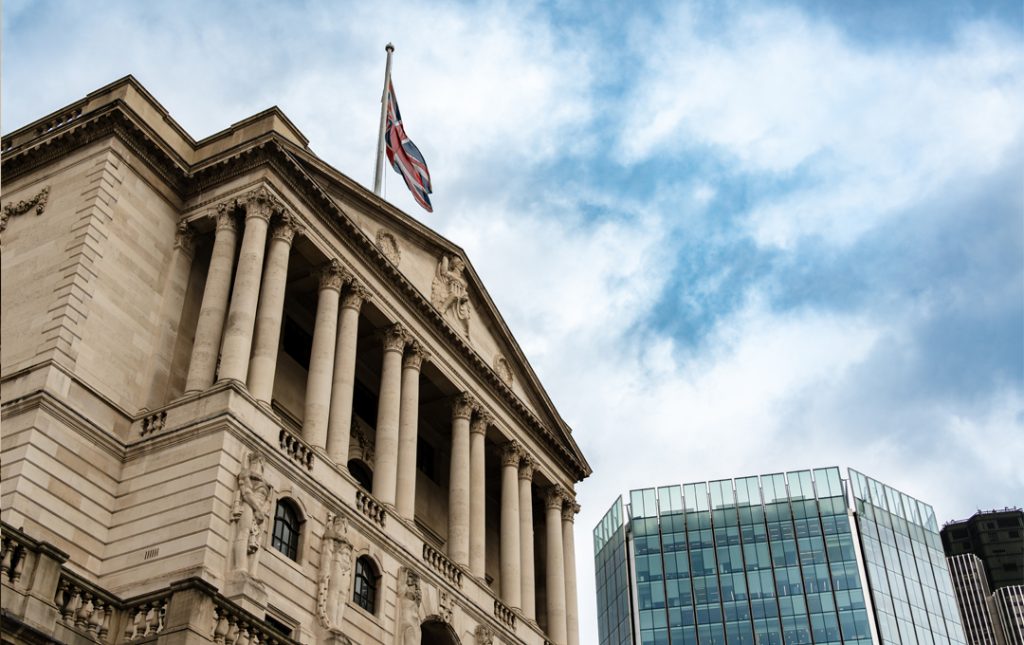The Bank of England (BoE) has released its February 2025 Monetary Policy Report, providing critical insights into the UK’s economic landscape. As global uncertainties persist, the central bank has adjusted its monetary policy stance to balance economic growth and inflationary pressures.
Key Takeaways from the BoE’s Latest Report
1.Interest Rate Decision
- The BoE’s Monetary Policy Committee (MPC) cut the Bank Rate by 0.25% to 4.5%, marking the third rate reduction in six months.
- This move comes as the economy remains fragile, and policymakers aim to support growth while keeping inflation in check.
- Despite the cut, the BoE signaled caution, indicating that further rate adjustments will be data-dependent.
2.Inflation Outlook
- Inflation is expected to rise to 3.7% in Q3 2025, largely due to higher energy costs and increased household expenses.
- However, the BoE forecasts inflation to return to its 2% target by the end of 2027.
- Core inflation remains a concern, particularly as wage growth continues to outpace productivity gains.
3.Growth Projections
- The UK’s GDP growth forecast for 2025 has been halved to 0.75%, reflecting subdued business investment and weaker external demand.
- However, growth projections for 2026 and 2027 have been revised upward to 1.5%, suggesting a gradual recovery.
- The central bank acknowledges that fiscal policy adjustments and global trade dynamics will play a crucial role in shaping economic performance.
4.Labor Market Conditions
- Unemployment is expected to rise to 4.8%, influenced by higher energy prices and increased national insurance contributions.
- Wage growth remains robust but uneven, adding to inflationary concerns in certain sectors.
- The BoE emphasized that consumer spending trends and business hiring decisions will be key indicators for future policy moves.
5.Policy Stance & Forward Guidance
- The BoE remains committed to its 2% inflation target and will continue to monitor economic indicators before making further policy adjustments.
- While the latest rate cut aims to stimulate demand, policymakers remain vigilant about the potential for inflationary pressures.
- The central bank reiterated that future rate cuts will be gradual and dependent on economic conditions.
📌 Market Implications & Outlook
- The pound (GBP) remained volatile following the announcement, reflecting market uncertainty regarding the BoE’s future rate path.
- The UK bond market reacted with a moderate decline in yields, as investors priced in expectations for a potential pause in further rate cuts.
- Businesses and consumers should closely monitor upcoming data on wage growth, inflation trends, and consumer confidence for further clarity on economic conditions.
🔎 Final Thoughts
The Bank of England’s latest rate cut reflects its balancing act between supporting growth and managing inflation risks. While inflation is gradually moderating, core inflation remains persistent, warranting a cautious approach to future policy moves. The central bank will remain data-driven, with further rate decisions dependent on economic conditions, particularly wage growth and consumer spending trends.
With the UK economy at a pivotal point, all eyes will be on the BoE’s next policy meeting and upcoming economic data to gauge the trajectory of monetary policy for the rest of 2025.
📊 Stay updated on the latest financial market trends and central bank policies. Follow us for in-depth analysis and insights!




